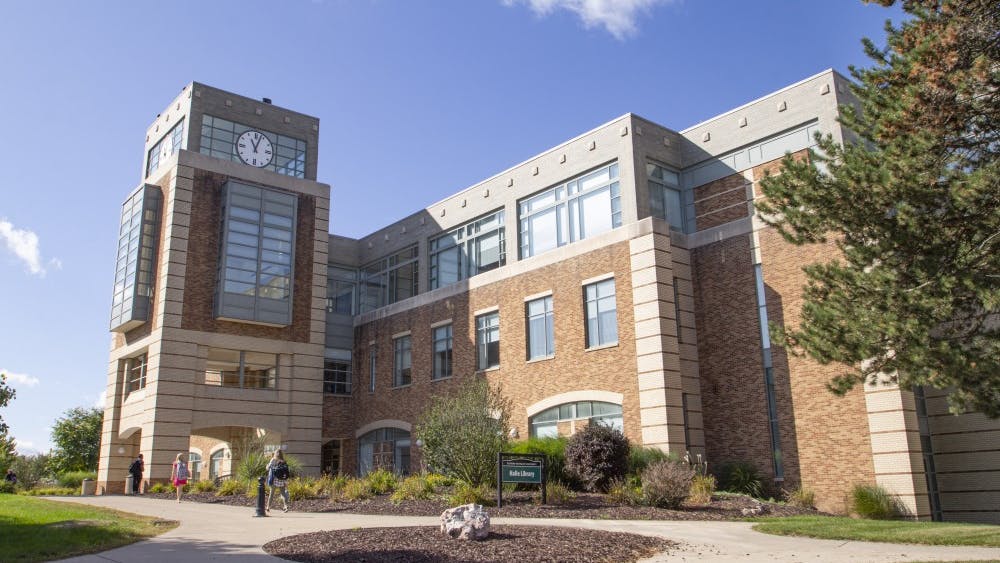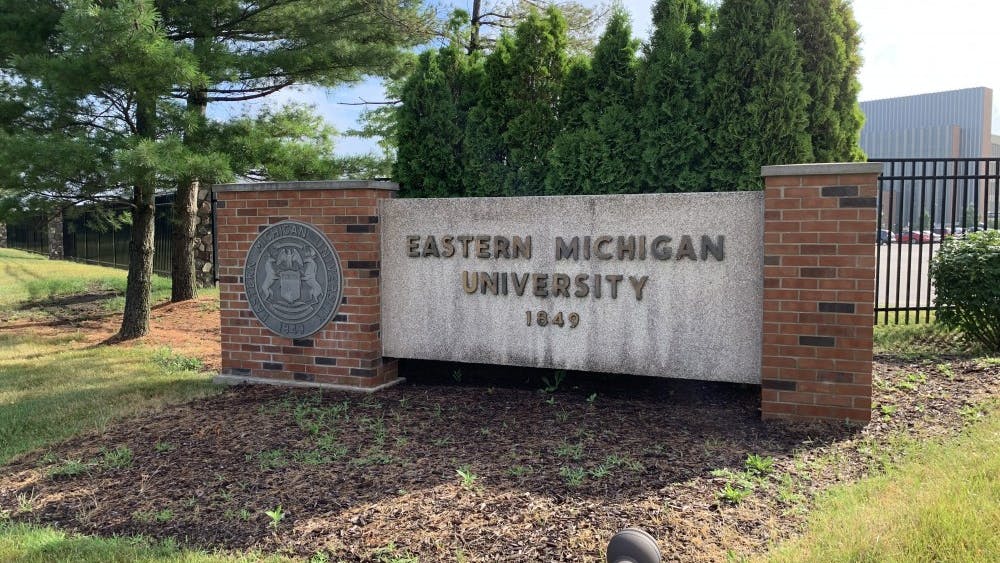Asian-Americans remain the fastest growing racial ethnic group in the United States since 2000. The health disparities present among Asian-Americans are being addressed in a project funded by the EMU Center for Health Disparities Innovation and Studies (CHDIS), Racial and Ethnic Approaches to Community Health (REACH).
The project works in Hamtramck, which has a large population of immigrants directly from Bangladesh and some parts of Metro Detroit.
According to a study conducted by Dr. Tsu-yin Wu, director of the CDHIS and team member of REACH, and Vedhika Raghunathan (B.S. Microbiology), the enactment of the Affordable Care Act in 2010 resulted in an increase health care coverage among Asian-Americans, however, it did not change health outcomes such as chronic disease risks, health status and their pursuance of preventative health services and cancer screenings. REACH intends to address and change these health outcomes among the demographic through implementing policy, system and environmental change strategies to improve nutrition, physical activity and community-clinical linkages.
“One end is the community side, which is the target population of Asian-Americans that we’re working with. The other end is the clinical side. So those are the health systems, the hospitals and the clinical agencies. So what we find from our previous work is that we know there is a lot of technological advancements, treatment, early detection and all sorts of great things happening on the clinical end of it,” explained Wu. “But a lot of times, those things do not actually transfer into the health outcomes to the community we are working with. Apparently, there are broken linkages, so the other populations are able to benefit from these technological advancements but our priority population is not due to a lot of barriers.”
These barriers include language, socioeconomic status and lack of access to healthy, culturally appropriate food.
Most recently, REACH is addressing lead poisoning in the wake of lead contaminated water found in the Detroit area along with lead contaminated infrastructure already present within Hamtramck, such as houses with lead paint.
The current systems in place allows for non-English speaking homeowners to be further exposed to lead. Health inspection teams are sent to these homes with no translator. Often times, non-English speaking homeowners do not understand the issue or their next steps. To address this, REACH also has bilingual team members to overcome language barriers.
“So we’re looking at lead in the Bangladesh community and what we’re finding is that there are barriers in terms of linkage to services and language barriers around that. A lot of times the families don’t know the importance of lead poisoning, especially in the area that they’re living in with the houses which use lead paint. So it’s prevalent in that area and the children need to be tested for lead, as well as pregnant women. We’re raising the awareness in the area about lead poisoning, lead awareness, how to manage that and following up with their doctors,” said Dr. Lydia McBurrows, program manager of the lead team. “So really it’s about having that information and raising awareness in the community.”
Sarah Lally, the Lead Health Educator with the lead team, explained further.
“In Bangladesh, lead isn’t even on their radar. They’re more concerned with poisoning from things like arsenic and so when a lot of people come to this country they’ve never even heard of lead poisoning.”
One instance of this is exemplified by a family the team recently connected with. This family had a two-year-old child with a blood lead level of 15, which is three times the level of concern according to the Centers for Disease Control and Prevention. Despite the intervention of other services, the family did not understand the severity of the issue.
“We really had to step in, with the help of our community navigator, as a team and really tell this family like ‘Okay, like, this is a big deal that she’s not talking because this could be indicative of cognitive impairment from lead poisoning.’ We connected them with an additional pediatrician to get a second opinion, sent them all the education that we’ve created and we’ve been doing our best to follow them very closely to make sure that they’re connecting with the services they need to help her develop appropriately and get her lead level down,” explained Lally.
REACH also addresses nutritional disparities among this demographic through three sub-strategies; nutrition access, nutrition standards and breastfeeding. The team has worked with grocery store owners and food pantries to insure healthy, culturally appropriate food for the Asian-American population within Hamtramck and is working to create a support system for Asian-American women who are breastfeeding.
REACH is a state-wide initiative that is currently two years into its five-year plan. The project has began locally with the Hamtramck and Metro Detroit area but it has begun to extend into west Michigan and Grand Rapids. To learn more about REACH, watch their film.









